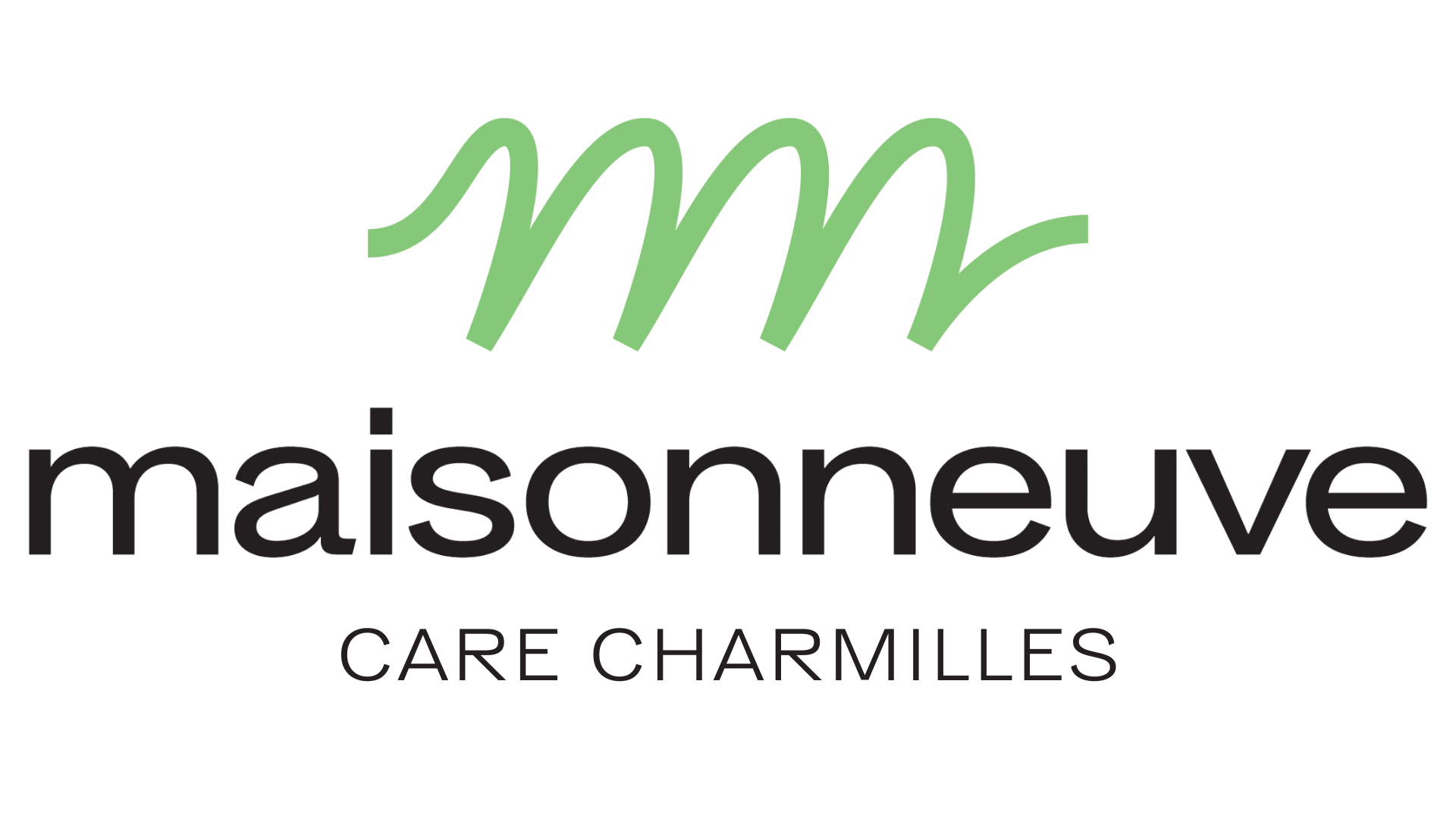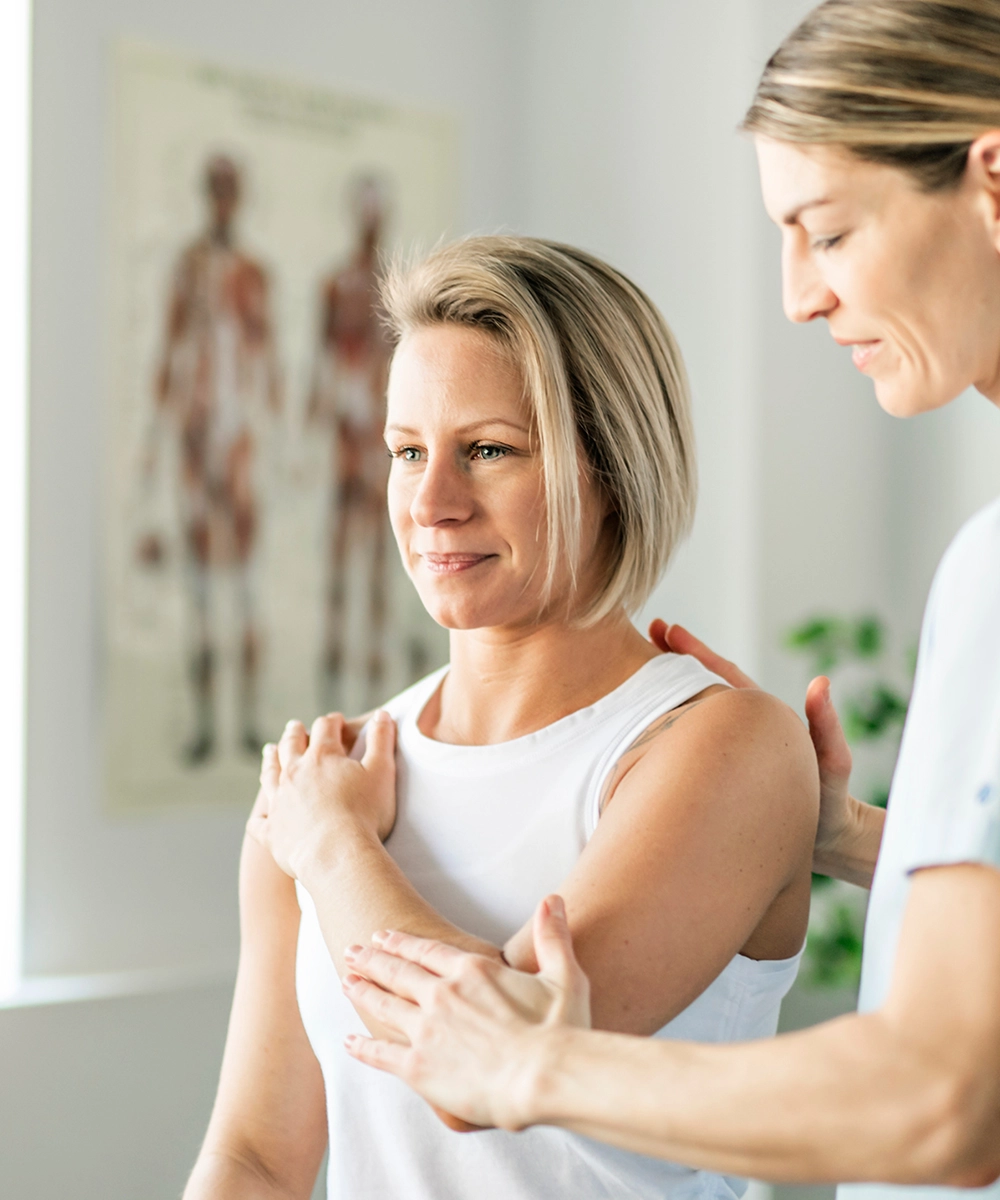Jaw disorders (TMJ: temporomandibular joint)

What are the symptoms ofTMJdisorders?
The symptoms of temporomandibular joint (TMJ) disorders manifest themselves in a variety of ways, often with an impact on daily life.
- Jaw pain: pain is often one of the first signs of TMJ disorders. It may be located in the jaw itself, near or in the ear.
- Chewing problems: in the event of a disorder, chewing may be difficult and painful. Some patients report a sensation of blockage or lag when trying to open or close their mouths.
- Cracking or noises in the joint: unusual noises, such as cracking, clicking or crackling, during jaw movements may indicate TMJ abnormalities. These sounds may be accompanied by pain.
- Headaches : TMJ disorders are sometimes associated with frequent headaches, or even migraines. Muscle tension and imbalances in the jaw can contribute to these symptoms.
What is a jaw disorder (TMJ)?
Temporomandibular joint (TMJ) disorders are conditions affecting the joints, ligaments, tendons or muscles connecting the temporal bone of the skull to the mandible, or lower jaw.
The temporomandibular joint joins the skull to the mandible, enabling various movements: opening, closing, sliding forward, backward and sideways. Mastication exerts significant pressure on this joint. A cartilaginous disc prevents the articular surfaces of the skull and mandible from rubbing against each other, ensuring smooth movement.
What causes TMJ disorders?
Temporomandibular joint (TMJ) disorders can have a variety of causes, including :
- Poor chewing habits
- Poor posture and use of the tongue
- Dental malocclusion
- Stress is an aggravating factor
- Facial trauma
Treatments for TMJ disorders at CARE Charmilles
During sessions, the physiotherapist massages the masticatory muscles. These massages, along with mandibular mobilizations, are performed through the inside of the mouth.
On the basis of the initial assessment, the physiotherapist provides the patient with an adapted exercise sheet, to be carried out at home. The physiotherapist advises the patient on how to adapt his or her daily routine to the problem.



























